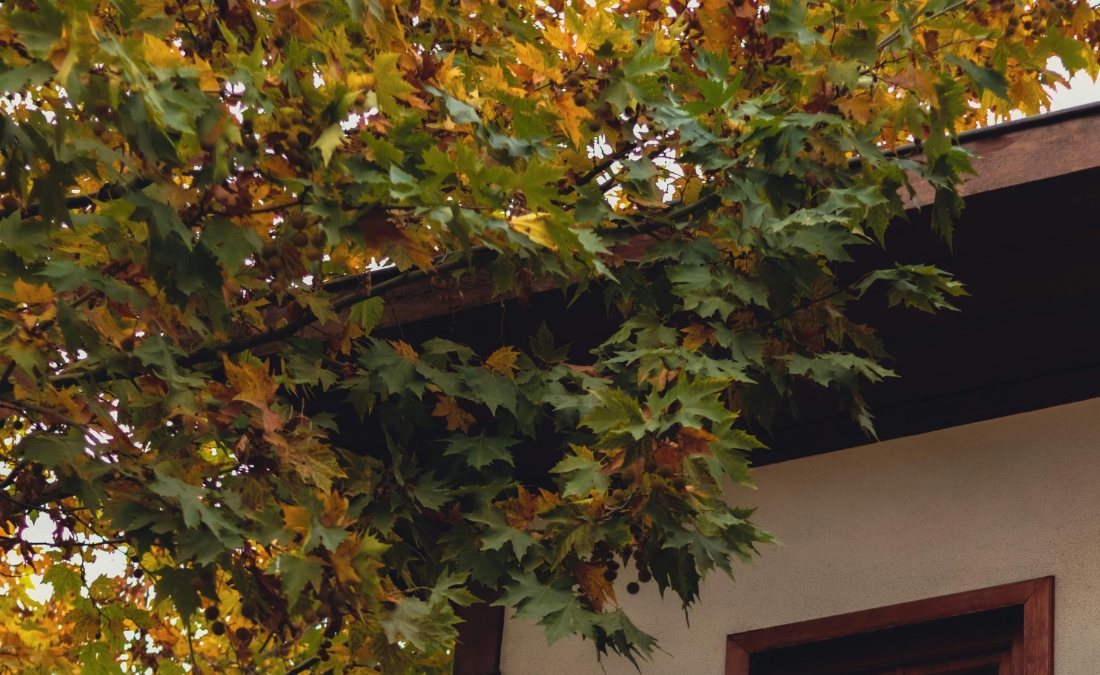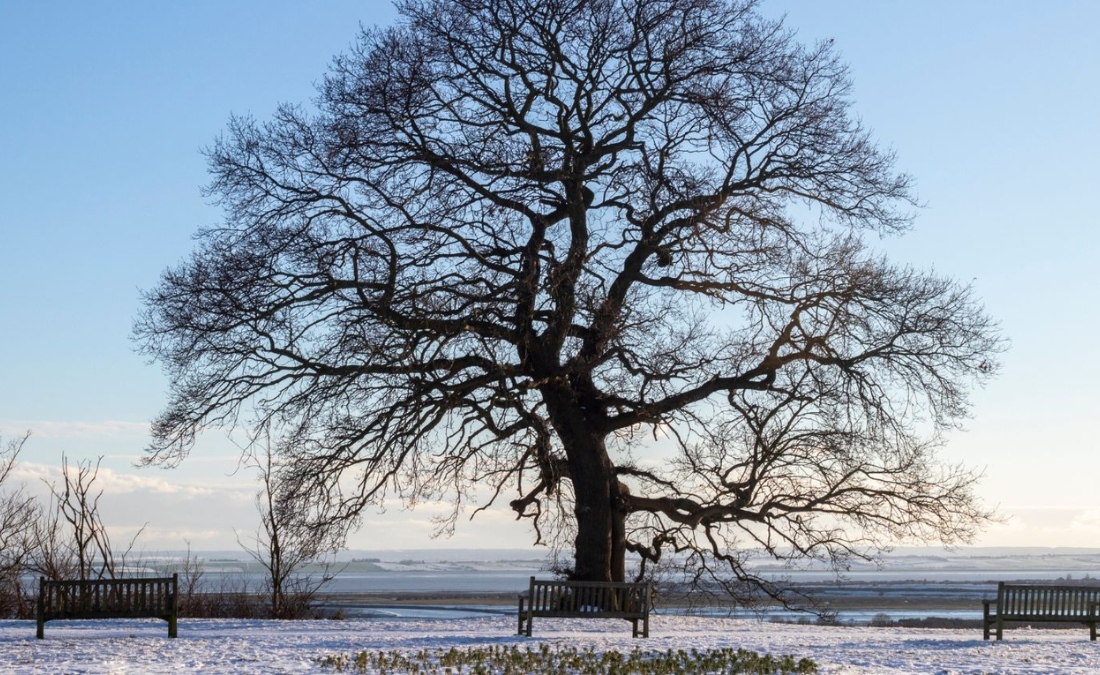Spring Tree Care Tips for Healthy Kansas City Trees
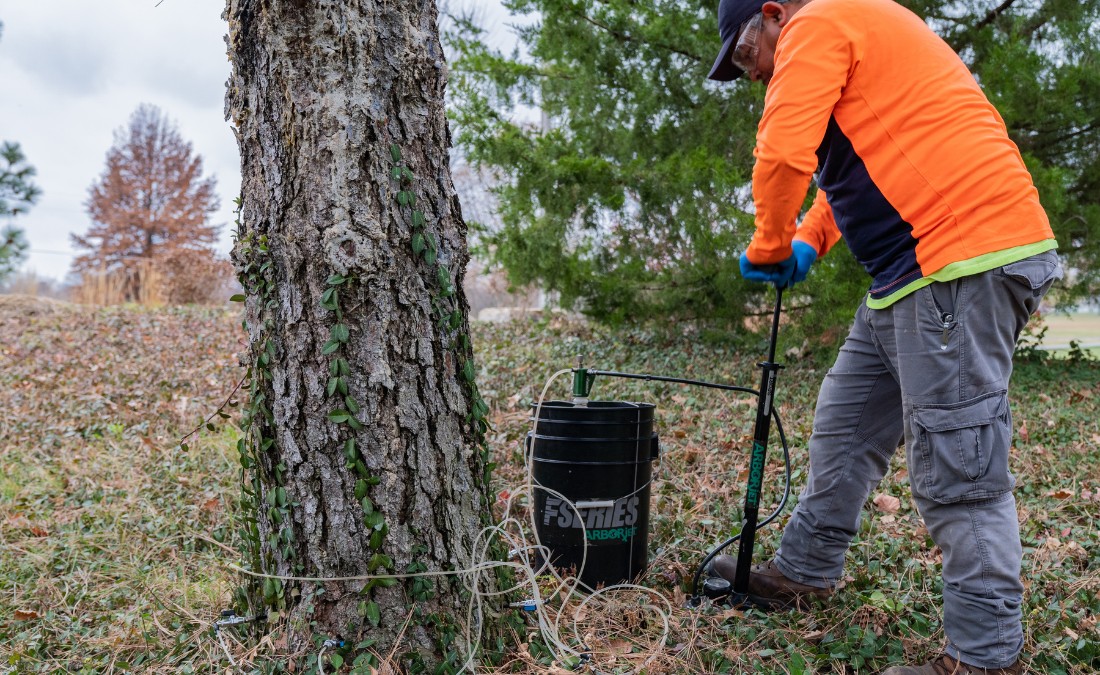
Give your Kansas City trees the best start this season! Follow these expert spring tree care tips to boost growth, prevent disease, and keep them thriving.
Kansas City winters don’t just take a toll on us – they leave our trees battered, stressed, and vulnerable. If your trees aren’t looking their best, now’s the time to act. Smart spring tree care can help revive struggling trees, prevent costly issues, and keep your landscape thriving all season long!
Key Takeaways:
- Kansas City trees often suffer winter storm damage from snow and ice, requiring spring interventions like pruning, cabling, or staking to help them recover.
- Poor growth in Kansas City can happen due to nutrient deficiencies in clay soil or drought conditions. Proper fertilization and strategic watering in spring can address these problems.
- Dead or hazardous trees killed by winter weather need prompt removal, especially if they show signs like leaning, trunk cracks, mushroom growth, or extensive bark damage.
- Spring is the ideal time to treat trees that suffered from insect or disease attacks in the previous season, using preventive treatments to boost resistance against future problems.
- Spring planting of suitable species, like crabapple, flowering dogwood, and redbud, can enhance your Kansas City yard’s appearance.
5 Common Tree Problems – And How to Fix Them
To help your trees thrive this season, we’ve outlined five of the most common spring tree problems – plus simple solutions to keep your yard healthy.
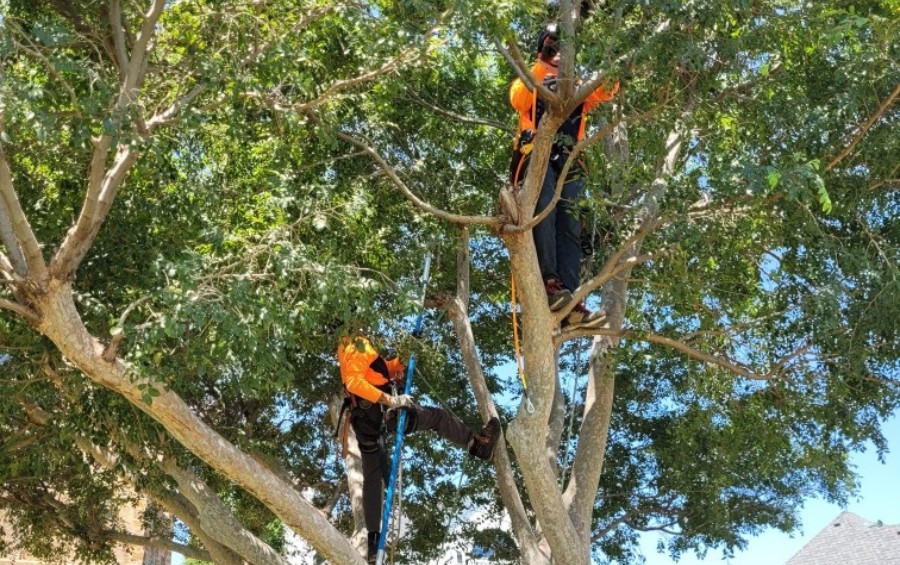
1. Trees Are Suffering from Previous Snow and Ice Damage
Kansas City is often prone to winter storms, such as the one the we saw to kick off 2025 that brought down trees and impacted travel.
Snow and ice damage on your trees doesn’t go away when the temperature rises. The weight of snow and ice can break branches, bend the tree, and harm the bark.
In the spring, inspect your trees for any signs of injuries and consult an arborist about what to do next. They may suggest any of the following strategies:
- Pruning: Trimming will remove damaged or broken branches prone to further breakage.
- Cabling and Bracing: Structural support can strengthen the weak sections of the tree and prevent them from future injuries.
- Staking: If a small tree is leaning due to the snow weight, staking can help it remain upright.
2. Trees Aren’t Growing as They Should
When you picture your trees, you probably picture them as giants that continue to grow each season. When they seem to have plateaued in size and don’t look as green as they used to, it could be a sign of two possible problems you can address in the spring.
Nutrient Deficiencies
The first potential problem may be a lack of nutrients. Kansas City’s clay soil retains nutrients better than other types, but it can still end up with a deficiency over time.
Have a professional conduct a soil test to determine if fertilization is necessary. Spring is an excellent time to fertilize your trees to give them a boost for the growing season. Use a slow-release fertilizer sparingly to ensure you don’t over-fertilize the soil.
Drought Stress
Another major concern for Kansas City residents is drought – a recurring challenge in our region. Drought conditions can begin as early as fall and persist through winter, leaving trees stressed before spring even arrives. The dry conditions at the end of 2024 are a perfect example of how prolonged drought can impact tree health year-round.
Providing supplemental water in the spring when the weather is still dry will relieve drought stress and let your tree continue growing. But first, dig a small hole two inches deep and feel the soil to check if it needs water. If it is cool and moist, your trees don’t need any supplemental water. Be careful not to overwater, as clay soil retains water more than other types.
If the soil is dry, use a soaker hose to water the area under the tree’s canopy. For a smaller tree, you can fill a bucket with water and put some holes in the bottom to allow it to soak the area.
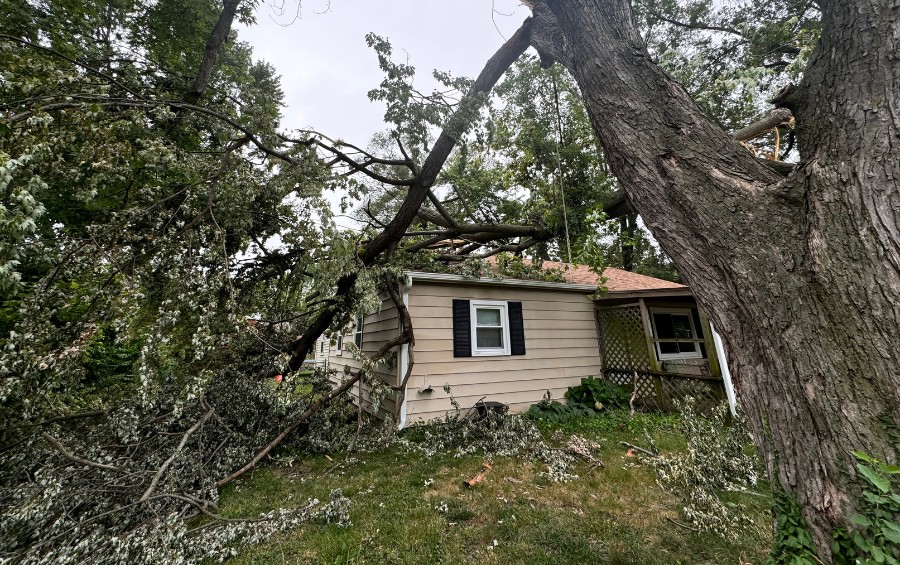
Leaving a dead or hazardous tree up in your yard can lead to an expensive cleanup if it fails.
3. A Dead Tree in My Yard Didn’t Survive the Winter
Winter conditions can kill trees or damage them beyond repair. In these instances, prompt removal is often the only thing you can do.
“We always tell our Kansas City customers to thoroughly inspect their trees in the spring because you never know what damage might have occurred in the winter. Sometimes, they have a dead tree in their yard and don’t even know it. These trees are really dangerous, so you’ve got to remove them as soon as you can for safety.” – Jacquelyn Palmer, Arbor Masters Director of Arbor Services
Some of the signs to look for that may indicate a hazardous tree include:
- The tree is leaning noticeably.
- Cracks in the trunk have appeared or widened.
- Mushrooms are growing at the base.
- There are several dead patches in the canopy.
- The bark has extensive damage.
If you notice any of these signs, have an arborist conduct an inspection and see if they recommend removal.
4. Insects and Diseases Damaged My Trees Last Season
The damage insects and diseases can cause to trees ranges from minor aesthetic problems to life-threatening injuries that necessitate a costly removal.
If you noticed increased insect activity last season or your tree looked like it was dealing with disease, prompt action in the spring could help turn the tide against pests. Preventive treatments can increase your tree’s resistance to infestations and infections.
5. My Yard Isn’t Looking as Nice as I Want It To
Homeowners are always looking for ways to improve their yards and bring extra flair to the landscape. One of the easiest ways to do that is by planting new trees.
Spring is one of the best times to plant trees in Kansas City. However, wait until there is no risk of frost before you do so. Some species we recommend for metropolitan yards that aren’t too big include:
- Crabapple
- Flowering dogwood
- Hedge maple
- Japanese tree lilac
- Redbud
- Serviceberry
Mulch can also improve your yard’s appearance while benefitting tree health. It helps retain moisture, regulate soil temperature, and add nutrients – all while making your landscape look more polished.
Frequently Asked Questions About Spring Tree Care
Spring is an essential time in a tree’s life, and to help you best care for it, we’ve answered some common questions about spring tree care.
When can I start doing spring work on my trees in Kansas City?
Depending on weather patterns, you can typically start spring tree care in the middle or end of March. Wait until there is no risk of frost before fertilizing or watering your trees. If you need professional help, you can schedule it earlier in the winter to avoid the company’s schedule filling up.
What should I do about salt damage to my trees?
If road salt ends up in your soil, flush it out with clean water. If the salt lands on the branches of your trees, spray them with water to wash it off. Ensure the temperature will not go below freezing after doing this, however, or you’ll have an icy mess.
Can winter construction harm my trees?
Yes, construction in any season can harm your trees. Heavy machinery can compact the soil if it isn’t frozen, and any digging has a chance to damage roots. If you have a company doing construction in the winter, ensure you mark off a tree’s root zone to avoid damage.
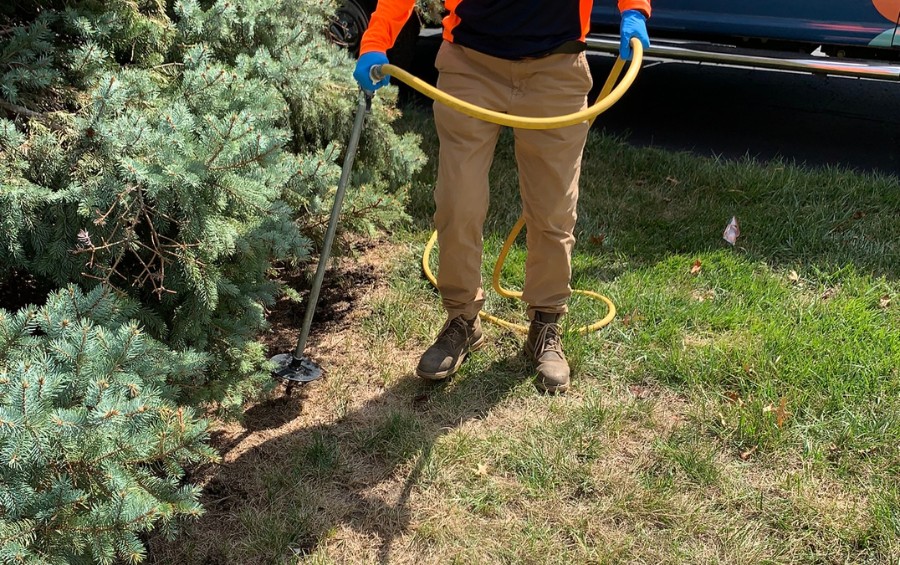
Arbor Masters Can Help You Take Care of Your Trees This Spring
As you can see, spring tree care requires time, effort, and the right expertise to keep your trees healthy and thriving. If tackling these tasks feels overwhelming, let the professionals at Arbor Masters handle it for you.
Our ISA Certified Arborists have years of experience caring for Kansas City’s trees, understanding the unique challenges of our local climate and soil conditions. Whether you need pruning, fertilization, pest control, or tree removal, we’re here to help. Call us at 913-441-8888 or request a quote online to get expert tree care this spring!

Get the latest local news, tree care tips, special offers, and company updates directly to your inbox! It's easy to subscribe and there's no spam - we promise.
"*" indicates required fields


